Home>Furniture & Design>Office Furniture>Why Is My Office Chair Leaning Forward
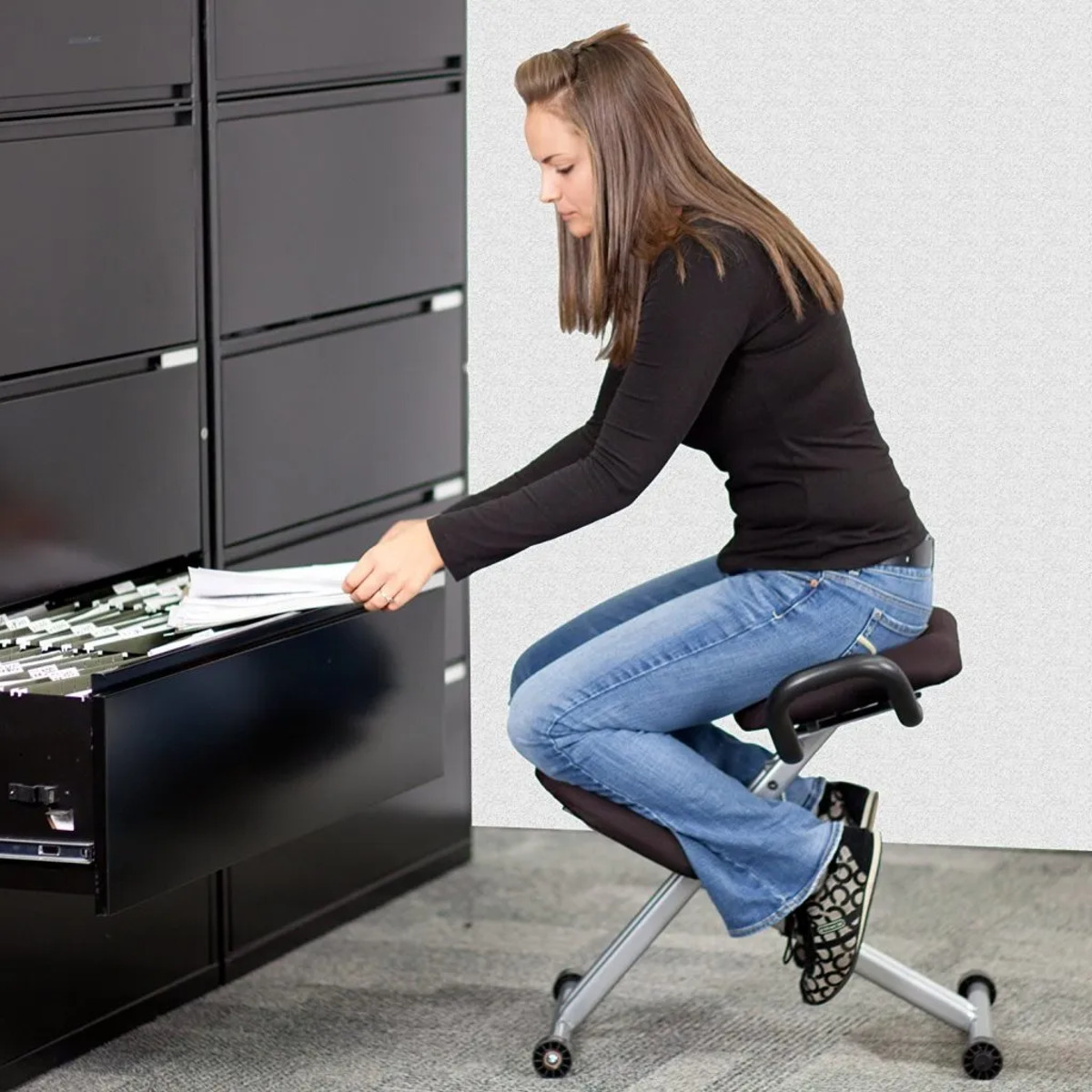

Office Furniture
Why Is My Office Chair Leaning Forward
Modified: January 14, 2024
Discover the reasons why your office chair may be leaning forward and learn how to fix it. Get expert tips on office furniture and design to improve your workspace.
(Many of the links in this article redirect to a specific reviewed product. Your purchase of these products through affiliate links helps to generate commission for Storables.com, at no extra cost. Learn more)
Introduction
When it comes to creating a comfortable and productive workspace, the office chair plays a pivotal role. It not only supports the body during long work hours but also contributes to the overall aesthetic and functionality of the office. However, what happens when your trusty office chair starts leaning forward, disrupting your posture and causing discomfort? This common issue can be frustrating and detrimental to your workday. In this article, we will delve into the mechanics of office chairs, explore the potential causes of a leaning office chair, and provide practical solutions to rectify this problem. So, if you've ever found yourself wondering, "Why is my office chair leaning forward?" read on to discover the answers and regain the comfort and functionality of your workspace.
Key Takeaways:
- Don’t let a leaning office chair disrupt your workday. Understand the mechanics and common causes to fix it. Regular maintenance can prevent future issues and preserve your chair’s functionality.
- Address a leaning office chair by replacing worn components, repairing mechanisms, and adjusting settings. Take proactive steps to maintain your chair and enjoy a comfortable workspace.
Read more: How To Get My Office Chair To Lean Back
Understanding the Mechanics of Office Chairs
Office chairs are more than just pieces of furniture; they are intricate systems designed to support the human body while promoting ergonomics and comfort. A typical office chair consists of several key components, each contributing to its functionality:
- Seat and Backrest: The seat and backrest are the primary support structures of the chair. They are often padded for comfort and may feature adjustable lumbar support to maintain proper posture.
- Adjustable Height and Tilt: Most office chairs come with pneumatic height adjustment, allowing users to set the chair at an optimal height. Additionally, many chairs offer tilt mechanisms that enable users to recline and rock back and forth.
- Base and Casters: The base of the chair, usually made of metal or plastic, provides stability. It is equipped with casters, allowing for smooth movement across floors.
- Gas Lift: The gas lift, also known as the pneumatic cylinder, enables the chair’s height adjustment. It consists of a cylinder filled with compressed air, controlled by a lever or button.
- Frame and Mechanism: The frame and mechanism of the chair hold everything together, allowing for the adjustment and movement of various components.
Understanding these components is crucial in diagnosing and resolving issues such as a leaning office chair. When one or more of these elements malfunction, it can lead to an imbalance in the chair’s structure, causing it to lean forward or to one side. Now that we have a basic understanding of the mechanics of office chairs, let’s explore the common causes of a leaning office chair and how to address them effectively.
Common Causes of Office Chair Leaning Forward
Discovering the root cause of your office chair’s forward lean is essential for implementing an effective solution. Several factors can contribute to this issue, ranging from mechanical malfunctions to simple wear and tear. Here are some common causes to consider:
- Worn Out or Damaged Gas Lift: The gas lift, responsible for the chair’s height adjustment, may become worn or damaged over time. This can result in an inability to maintain the desired height, causing the chair to lean forward.
- Loose or Broken Tilt Mechanism: If the tilt mechanism, which controls the chair’s reclining function, is loose or broken, it can lead to an imbalance, causing the chair to lean forward unintentionally.
- Uneven or Worn Casters: Uneven or worn casters can disrupt the chair’s stability, leading to an uneven distribution of weight and causing it to lean forward.
- Loose or Damaged Frame Components: The frame and internal components of the chair, including screws, bolts, and supporting structures, may become loose or damaged, resulting in an unstable seating surface.
- Improper Adjustment: Incorrect adjustment of the chair’s height or tilt mechanism can also lead to a forward lean. This may occur if the chair is set at an angle that places excessive pressure on the front of the seat.
Identifying the specific cause of your office chair’s forward lean is the first step toward finding an effective solution. By understanding these potential culprits, you can take targeted action to address the issue and restore your chair to its optimal functionality. In the following section, we will explore practical solutions for fixing a leaning office chair, allowing you to regain comfort and stability in your workspace.
Check the chair’s gas lift mechanism for any damage or wear. If it’s worn out, it may cause the chair to lean forward. Replace the gas lift to fix the issue.
Solutions for Fixing a Leaning Office Chair
Addressing a leaning office chair requires a systematic approach that targets the specific cause of the imbalance. By implementing the following solutions, you can effectively rectify the issue and restore your chair to its intended functionality:
- Replace the Gas Lift: If the gas lift is worn or damaged, replacing it with a new one can restore the chair’s height adjustment capabilities. This involves removing the old gas lift and installing a compatible replacement, ensuring a secure and stable fit.
- Repair or Replace the Tilt Mechanism: If the tilt mechanism is loose or broken, it may need to be repaired or replaced. This involves disassembling the chair to access the mechanism, addressing any issues, and reassembling it for proper functionality.
- Upgrade or Maintain Casters: Uneven or worn casters can be replaced with new ones to ensure smooth and balanced movement. Regular maintenance of casters, including cleaning and lubrication, can also contribute to improved stability.
- Tighten and Secure Frame Components: Inspect the frame, screws, bolts, and other components for any looseness or damage. Tighten or replace any compromised parts to reinforce the chair’s structural integrity.
- Adjust Chair Settings: Ensure that the chair’s height and tilt settings are adjusted correctly to promote a balanced seating position. This may involve experimenting with different settings to find the most comfortable and stable configuration.
By systematically addressing the specific cause of your office chair’s forward lean, you can effectively restore its stability and functionality. It’s important to approach these solutions with care and attention to detail, ensuring that each component is properly installed and adjusted for optimal performance. Once you’ve implemented the necessary repairs and adjustments, you can enjoy a balanced and comfortable seating experience in your workspace.
Remember that regular maintenance and care can prevent future issues with your office chair, prolonging its lifespan and preserving its functionality. By staying proactive and attentive to the condition of your chair, you can minimize the likelihood of encountering similar problems in the future.
Conclusion
Addressing a leaning office chair is essential for maintaining a comfortable and supportive workspace. By understanding the intricate mechanics of office chairs and identifying common causes of a forward lean, you can take proactive steps to rectify the issue and restore your chair to optimal functionality.
Whether it’s a worn-out gas lift, a loose tilt mechanism, or uneven casters, each potential cause of a leaning office chair requires targeted solutions. By replacing damaged components, repairing mechanisms, and adjusting settings, you can effectively address the imbalance and enjoy a stable and ergonomic seating experience.
It’s important to approach the maintenance and repair of office chairs with care and attention to detail, ensuring that each component is properly installed and adjusted. Additionally, regular maintenance and proactive care can prevent future issues, prolonging the lifespan of your office chair and preserving its functionality for years to come.
By implementing the solutions outlined in this article, you can bid farewell to the frustration of a leaning office chair and embrace a workspace that promotes comfort, productivity, and overall well-being. Remember that a well-maintained and properly adjusted office chair is not only a functional necessity but also a valuable investment in your health and work performance.
So, the next time you find yourself asking, “Why is my office chair leaning forward?” rest assured that you have the knowledge and tools to address the issue effectively, reclaiming the comfort and stability of your workspace.
Frequently Asked Questions about Why Is My Office Chair Leaning Forward
Was this page helpful?
At Storables.com, we guarantee accurate and reliable information. Our content, validated by Expert Board Contributors, is crafted following stringent Editorial Policies. We're committed to providing you with well-researched, expert-backed insights for all your informational needs.
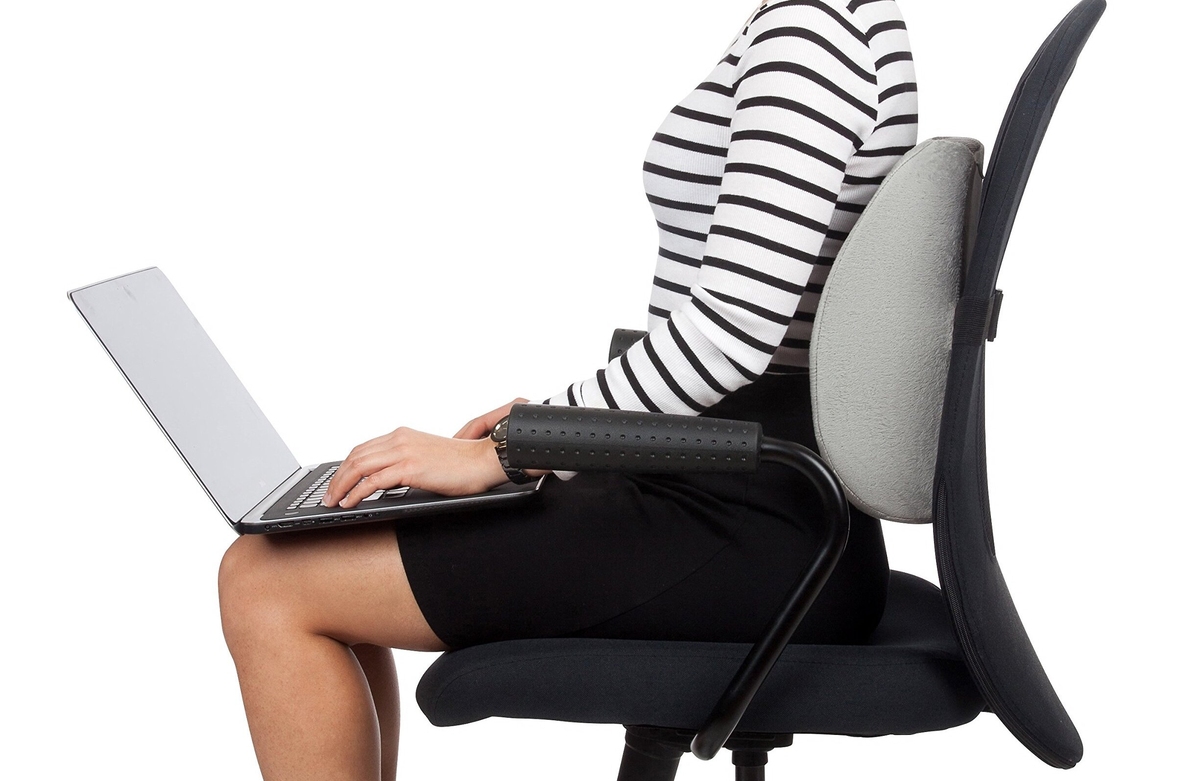
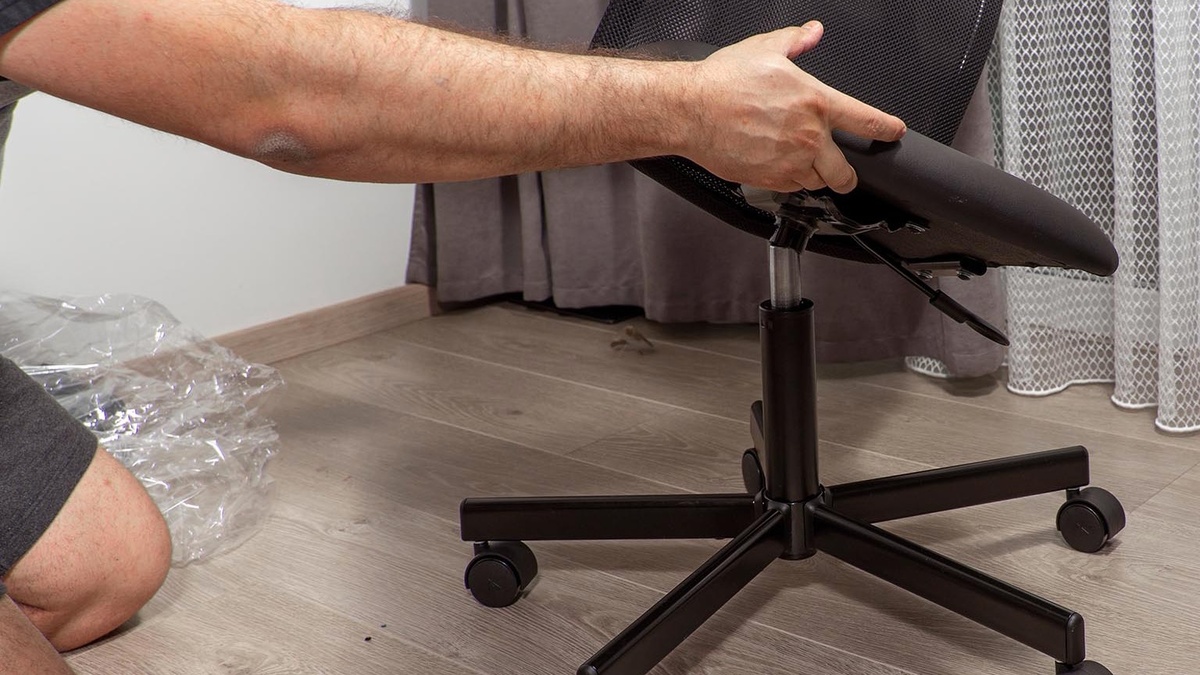
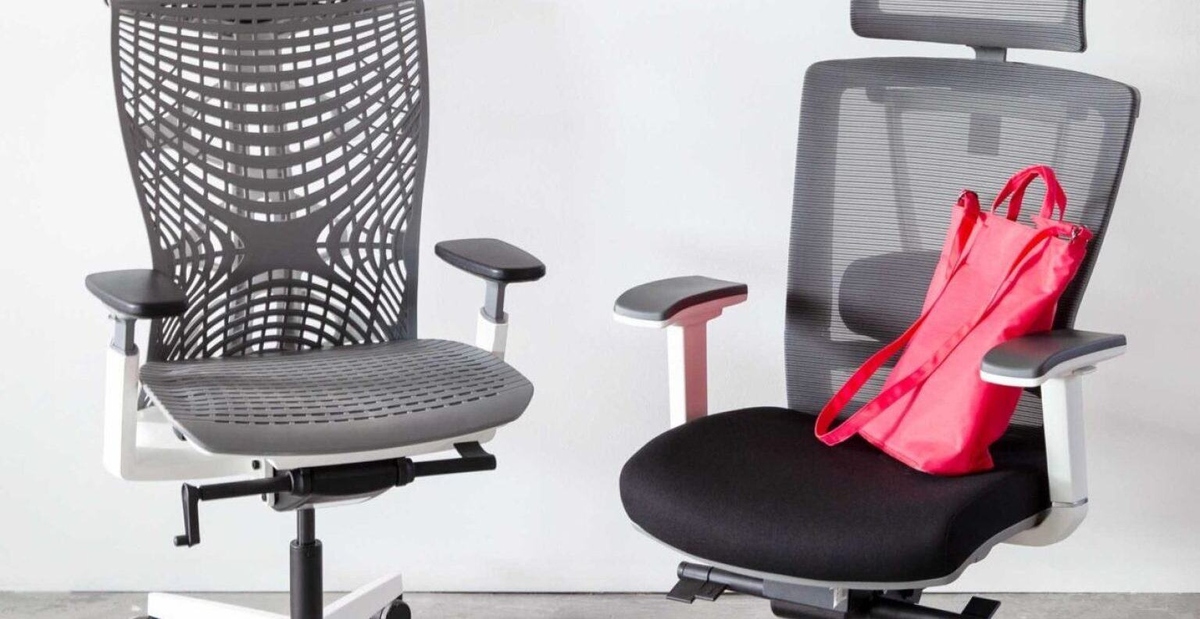
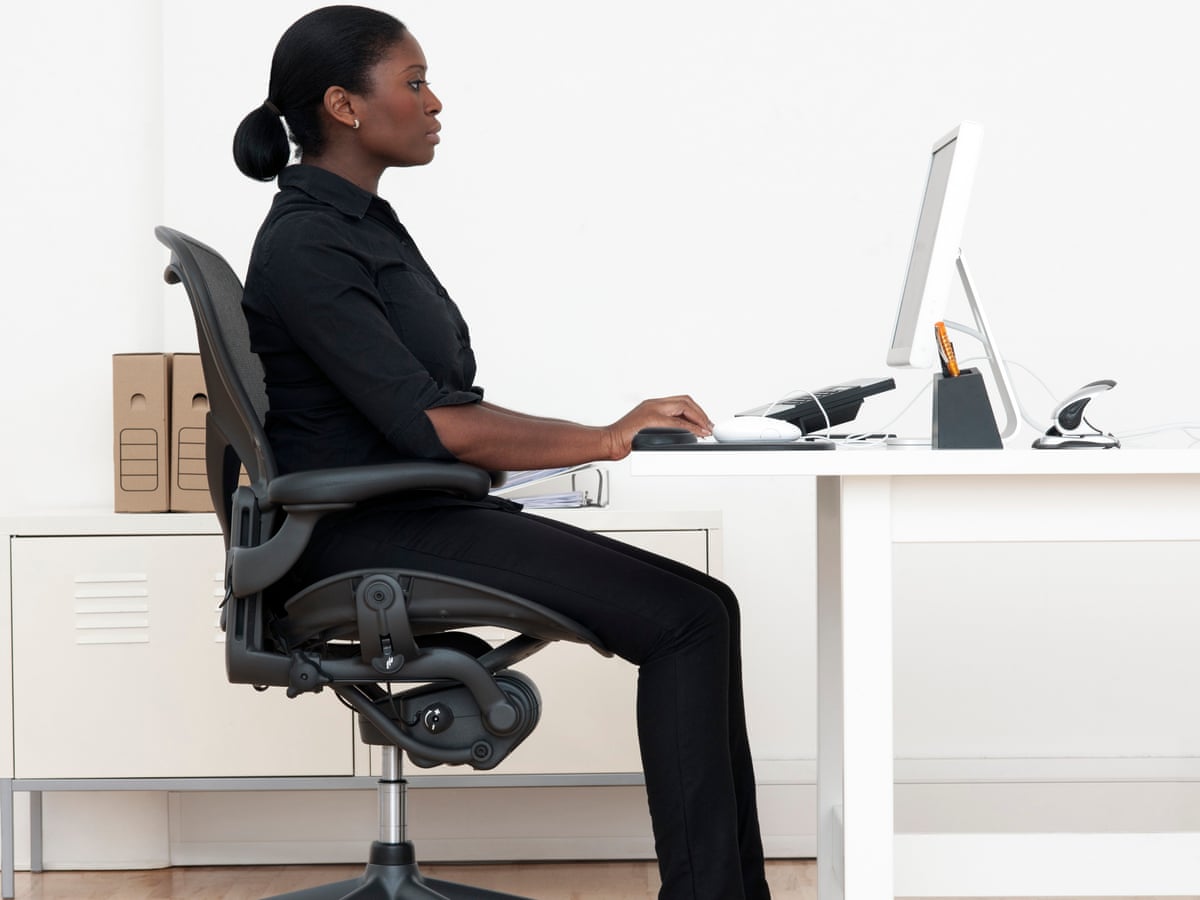
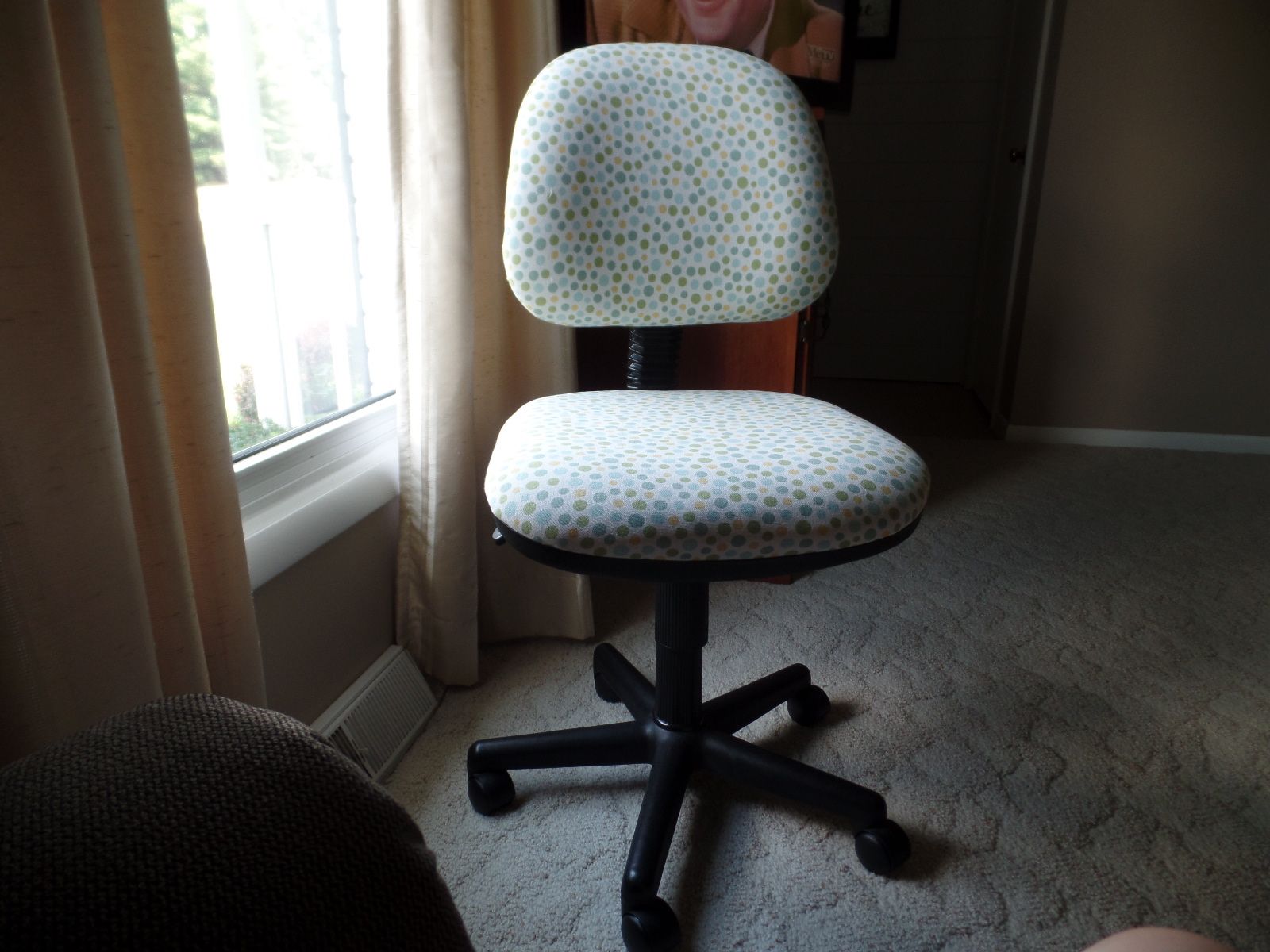
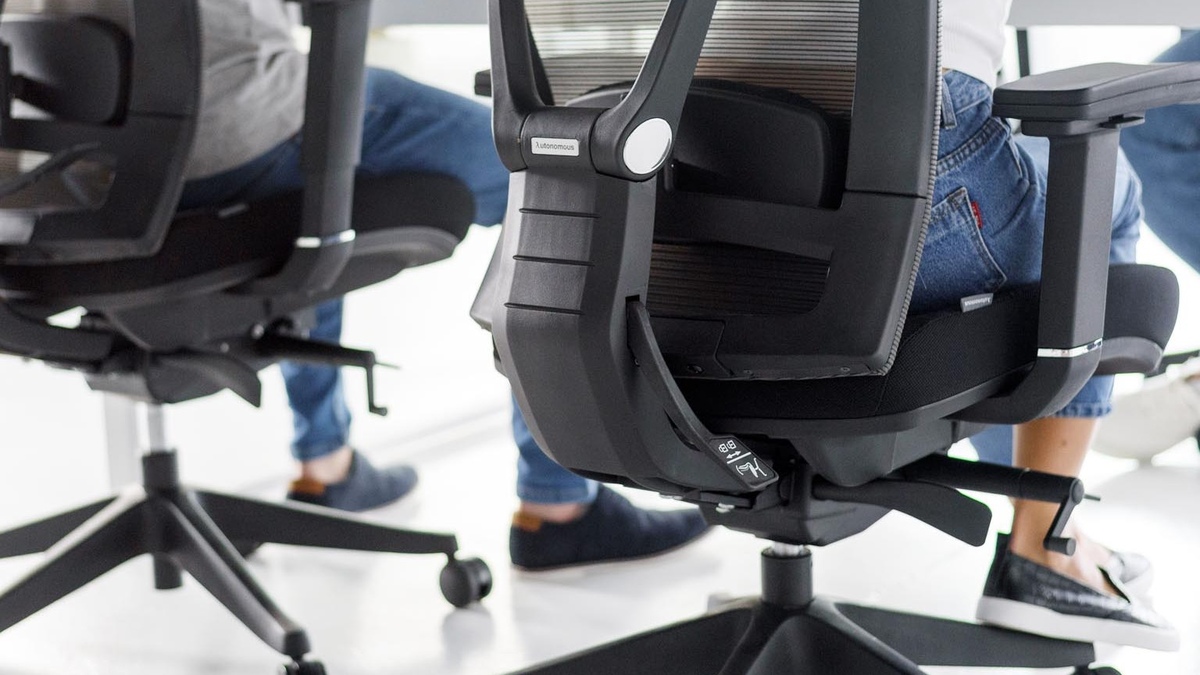
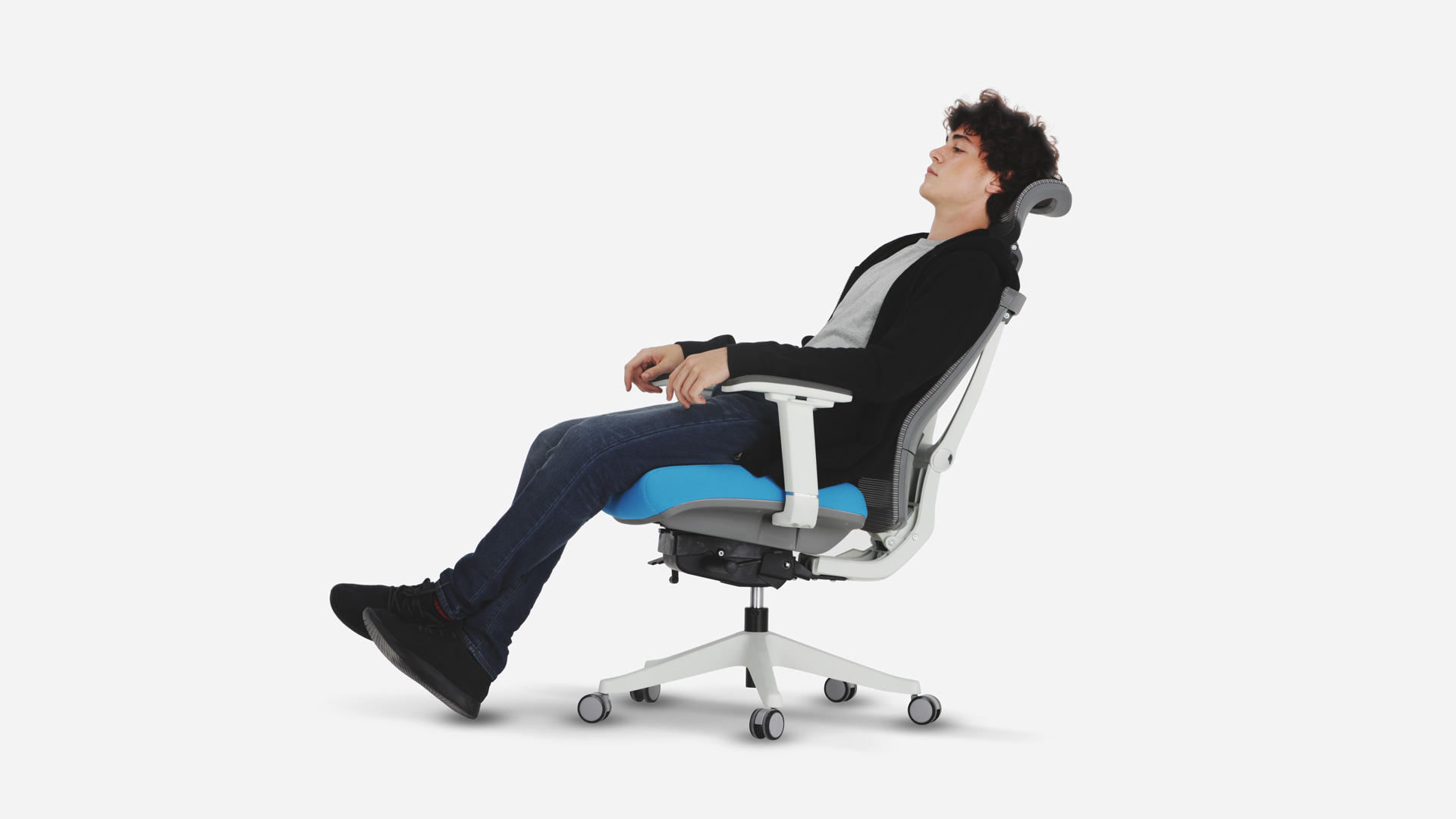
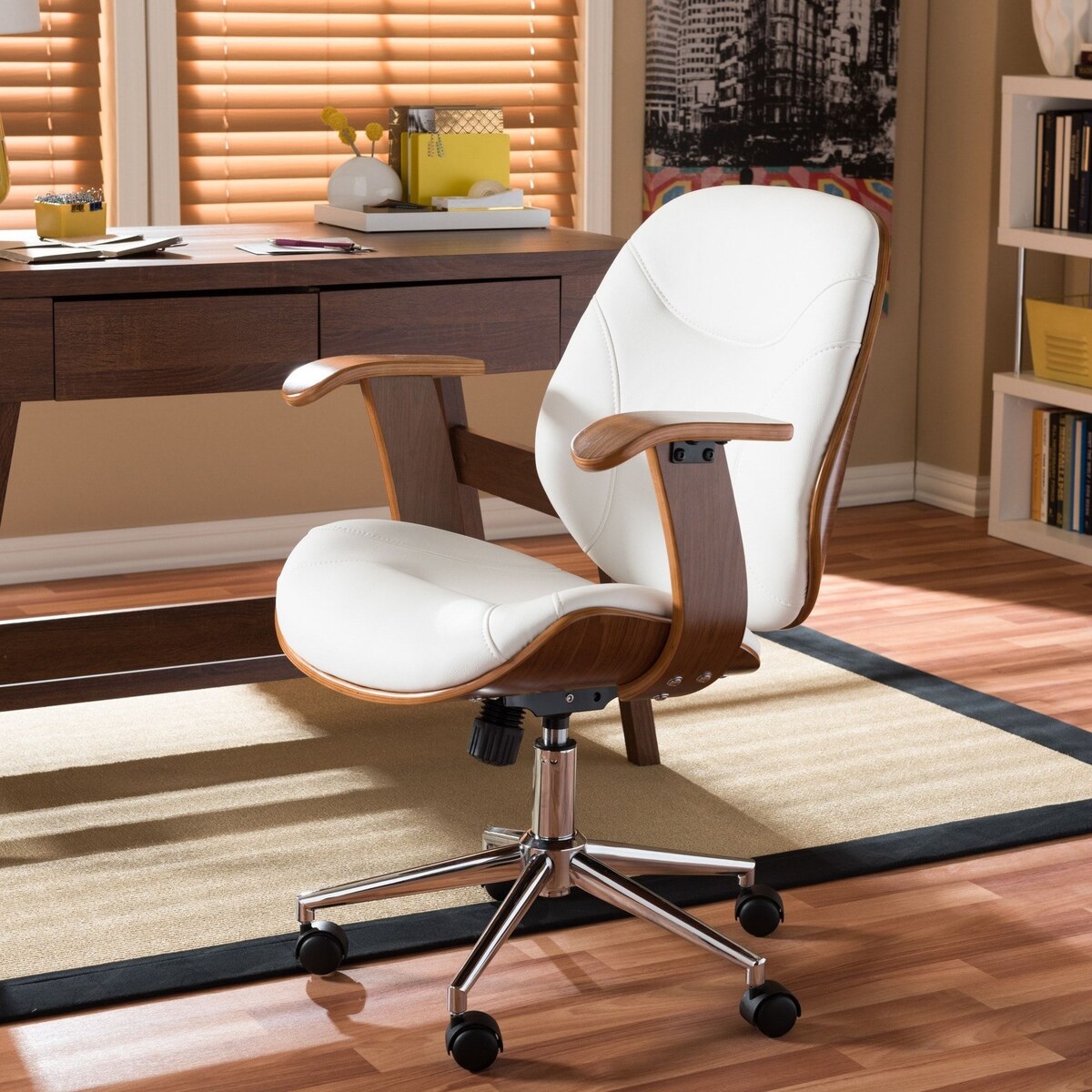

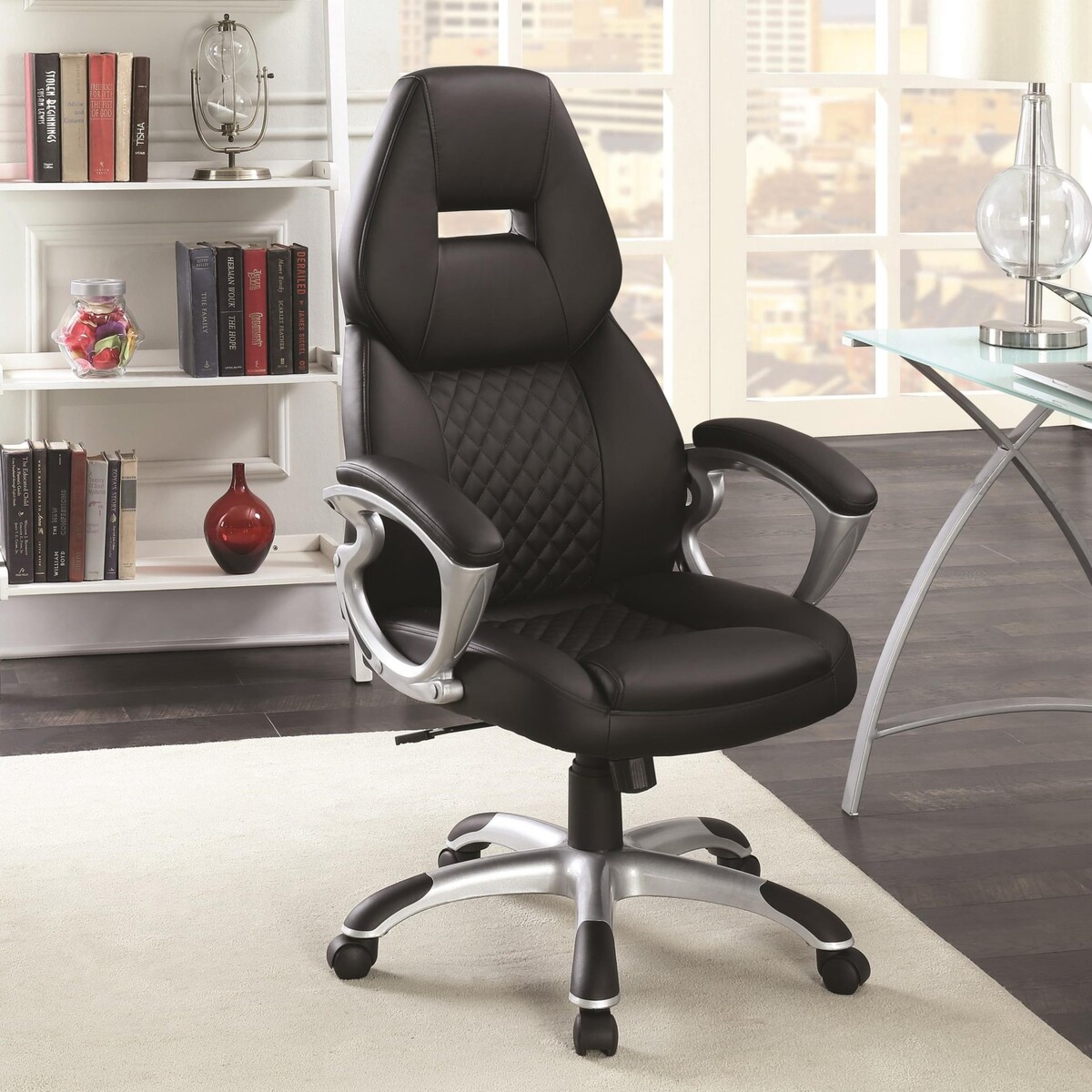
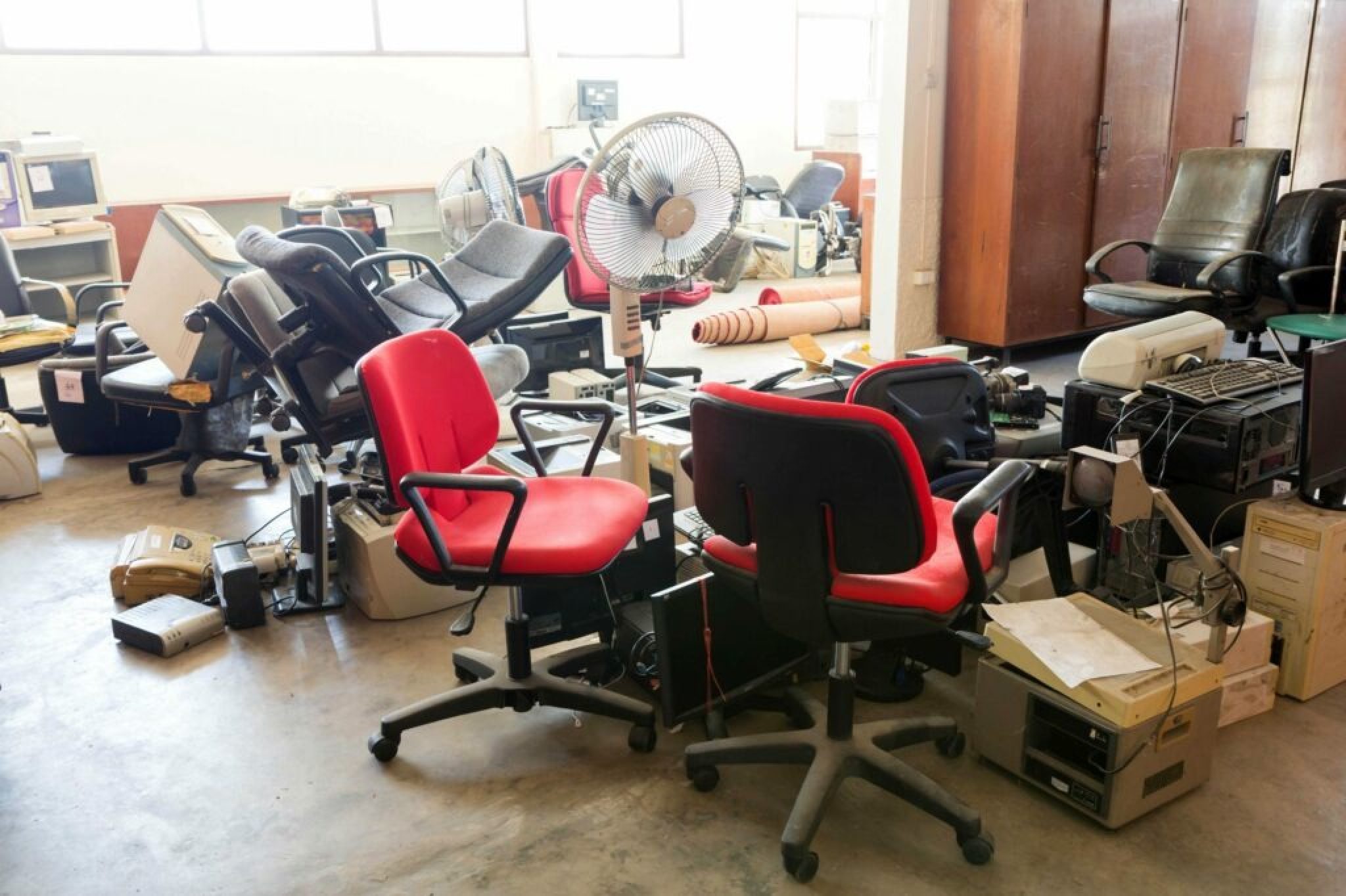
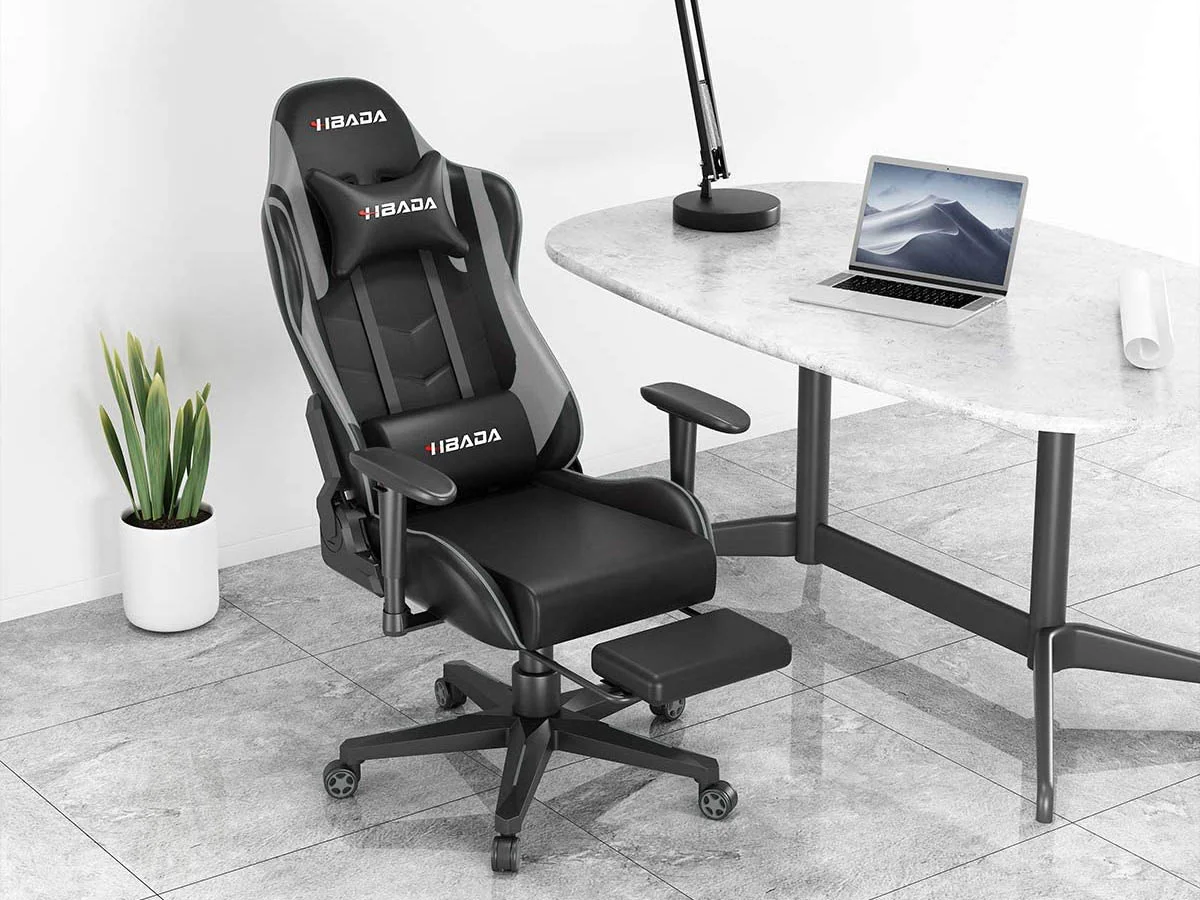
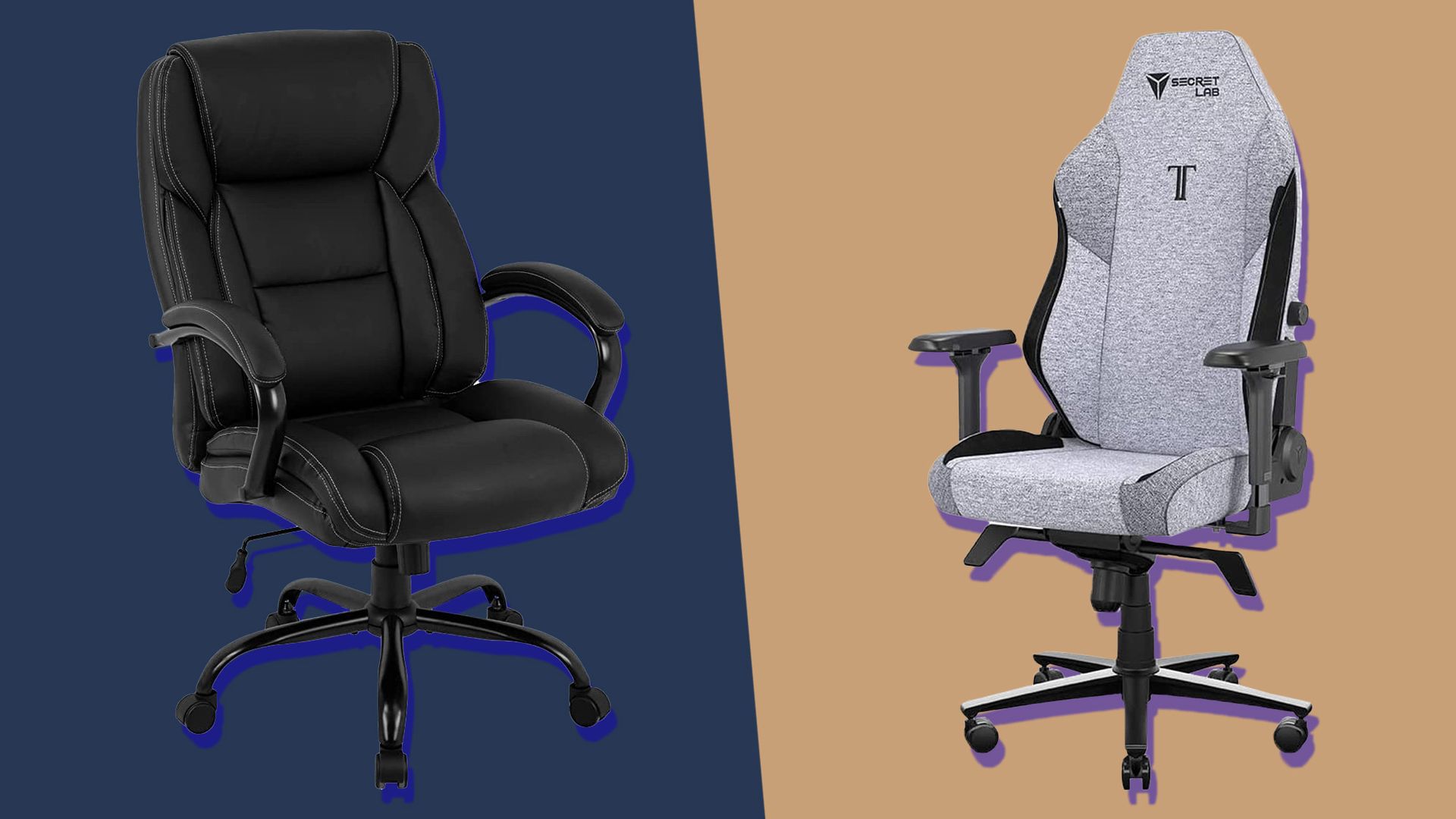
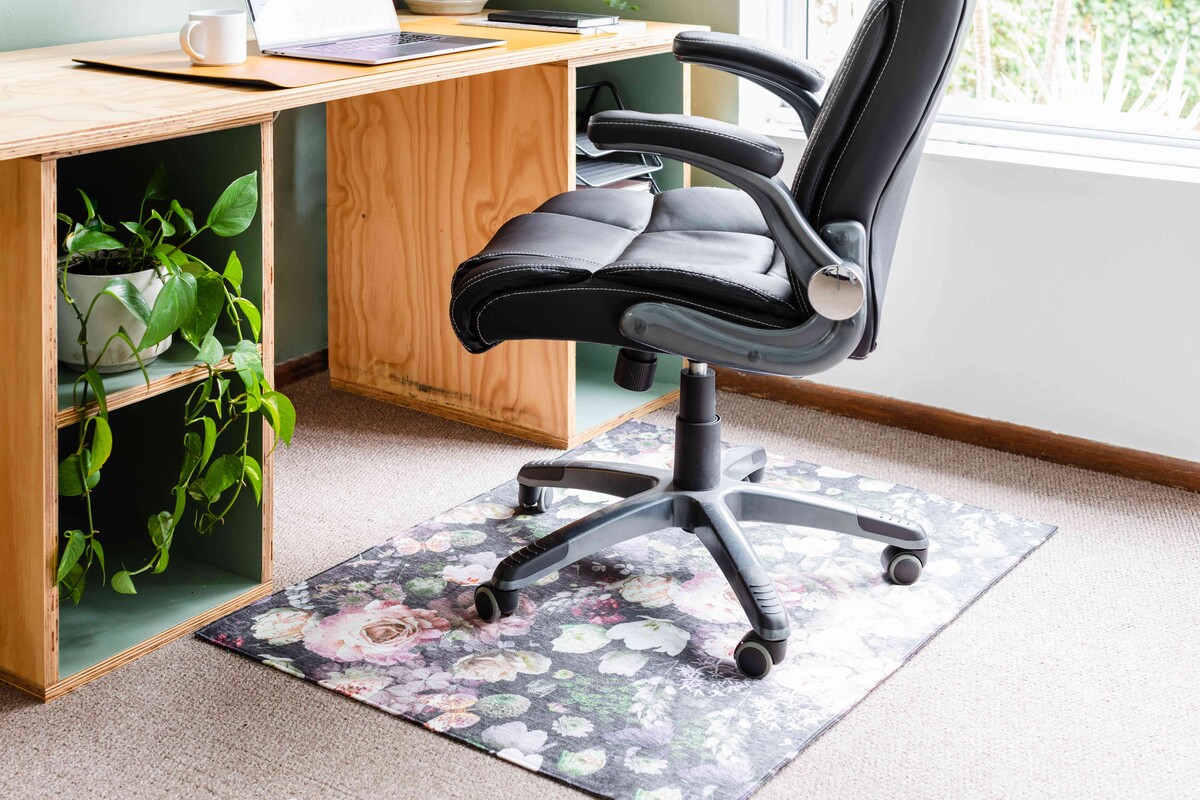
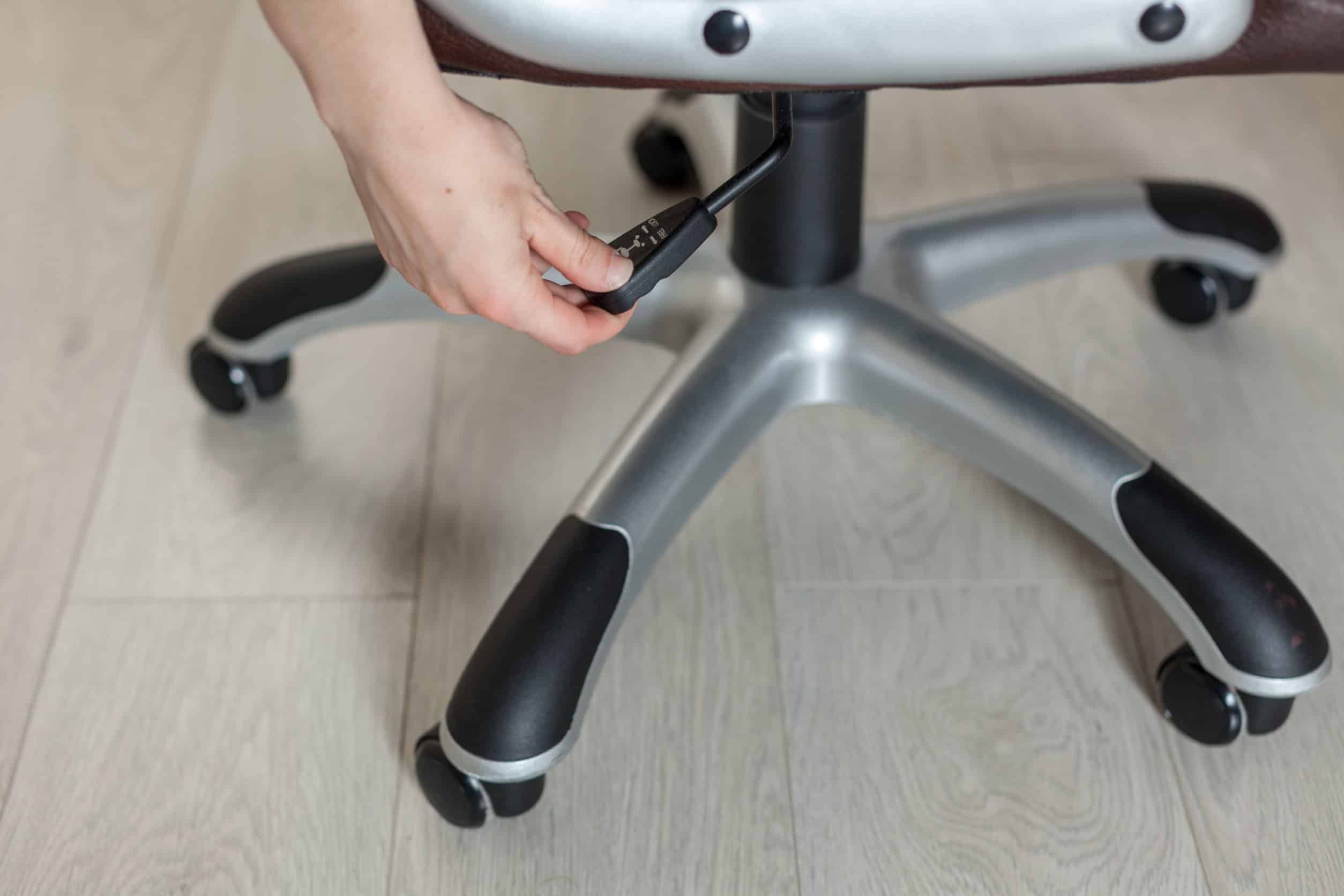

0 thoughts on “Why Is My Office Chair Leaning Forward”